Located in the far-off Spiti Valley of Himachal Pradesh, Gue Monastery is a little marvel that offers an understanding of Tibetan Buddhism in the Indian Himalayas. It is known for the unusually well-preserved Buddhist monk mummy from the 15th century, attracting inquisitive tourists and pious pilgrims. This monastery presents a somewhat distinct view of the mystical world of Himalayan Buddhism on the spectacular mountain backdrop. Gue Monastery is somewhat modest but has the richest cultural legacy and spiritual energy, which makes it rather fascinating with respect to the study of the local Buddhist culture.
Gue Monastery Location
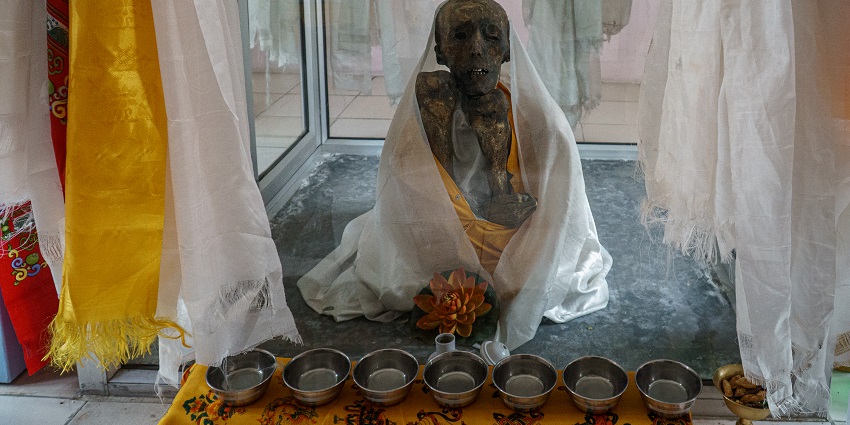
Photo: Schwiki / Wikimedia Commons
The monastery is located in the tiny village of Gue in the Spiti Valley of Himachal Pradesh, India. About 40 kilometres from Tabo and roughly 80 kilometres from the administrative headquarters of Kaza, Spiti, it is near the Indo-Tibet border. The exact Gue Monastery address is Geu Tach, Himachal Pradesh, 172111.
Suggested Read: Spiti Monasteries You Should Explore On Your Next Trip To Himachal Pradesh
How To Reach Gue Monastery
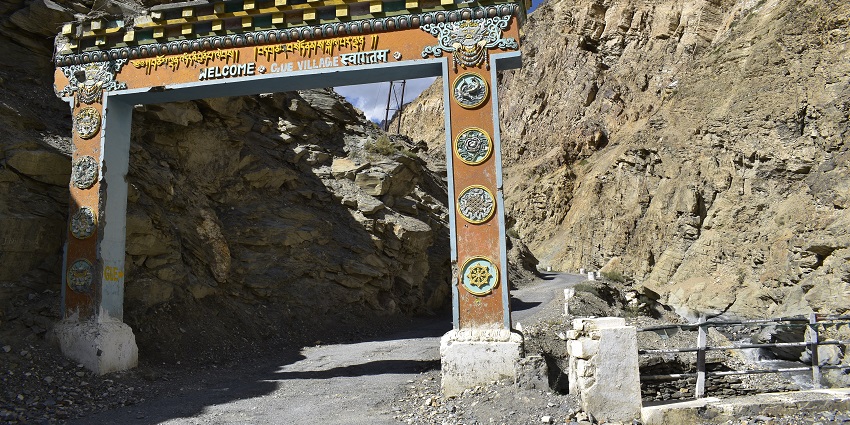
Photo: Nrr1729 / Wikimedia Commons / Image For Representation Only
By Air: The nearest airport is Kullu-Manali Airport (KUU), about 250 km from Kaza. From there, visitors must travel by road to reach Spiti Valley and then on to Gue.
By Rail: There are no direct rail connections to Spiti Valley. The nearest major railway station is Shimla, where travellers must continue by road.
By Road: The most practical way to reach the monastery is by road. Visitors can hire a taxi or take a tour of Kaza, the main town in Spiti Valley. The journey from Kaza to Gue takes about 2-3 hours, depending on road conditions. It’s advisable to hire an experienced local driver familiar with the challenging mountain roads.
Places To Visit Around Gue Monastery
While the monastery itself is a small complex, its surroundings offer several other attractions for visitors to explore:
1. Tabo Monastery
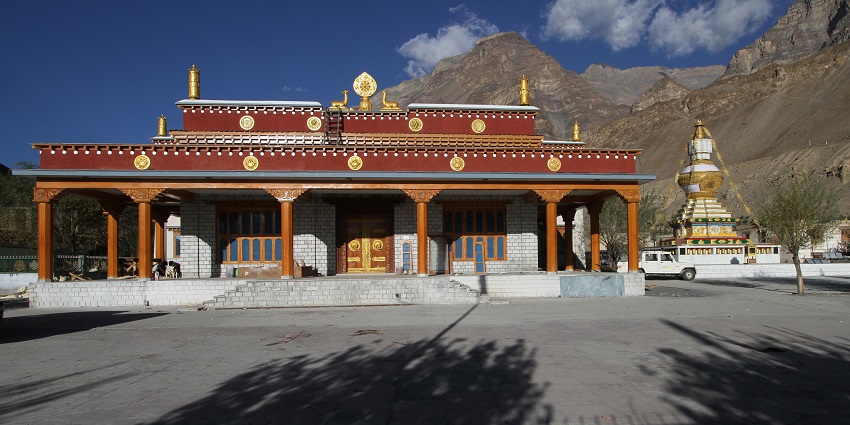
Photo: Gerd Eichmann / Wikimedia Commons
Often called the “Ajanta of the Himalayas,” Tabo Monastery is one of the oldest operating Buddhist monasteries in India. Founded in 996 CE, it houses exquisite murals and stucco sculptures that have earned it UNESCO World Heritage status. The monastery complex includes nine temples, 23 chortens, a monks’ chamber, and a nuns’ chamber. Its ancient paintings and intricate artwork offer a glimpse into centuries-old Buddhist traditions. The monastery also features meditation caves and hosts the annual Chakhar festival in October, providing visitors with a rich cultural experience.
Timings: 6 AM – 6 PM
Suggested Read: Places To Visit Near Manali That You Must Visit Once In A Lifetime
2. Dhankar Monastery

Photo: Akhila Srikanta Rao / Wikimedia Commons
Perched on a cliff overlooking the junction of the Spiti and Pin rivers, Dhankar Monastery offers breathtaking views and a glimpse into Spiti’s rich Buddhist heritage. Dating back to the 7th century, it once served as the capital of Spiti Valley and functioned as a fort monastery. The monastery’s precarious position on the cliff edge adds to its allure, while its ancient Buddhist artefacts and architectural beauty make it a must-visit destination. A 3 km uphill hike from the monastery leads to the picturesque Dhankar Lake.
Timings: 7 AM – 7 PM
Entry Fee/Person: ₹25
3. Key Monastery
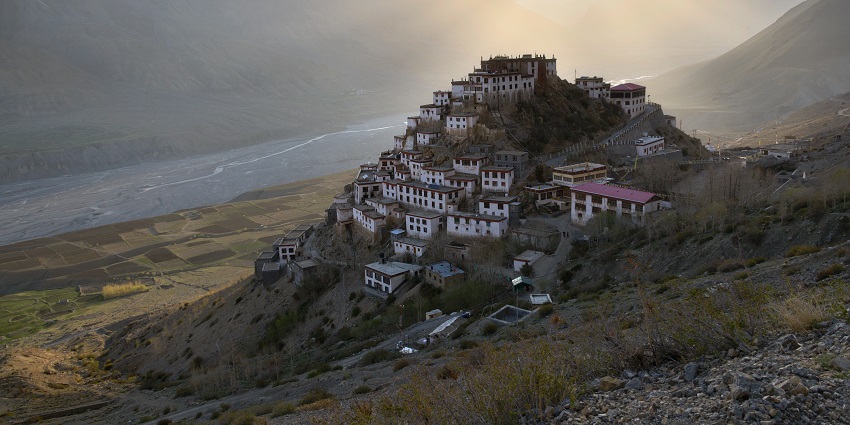
Photo: Prasad Gaude / Wikimedia Commons
Key Monastery, also known as Kye Gompa, is the largest and most famous monastery in Spiti Valley. Founded in the 11th century, it has faced numerous invasions and rebuildings, resulting in its distinctive fortified appearance. The monastery is renowned for its ancient murals, rare thangkas, and sacred scriptures. As a prominent centre for Buddhist studies, it serves as a training ground for Lamas. The annual Chaam festival in June/July is a highlight, featuring colourful masked dances. Its multi-story structure, resembling a fortress, offers panoramic views of the Spiti Valley.
Timings: 6 AM – 6 PM
Suggested Read: Top Offbeat Places In Himachal Pradesh For Fresh Mountain Air
4. Kibber Village
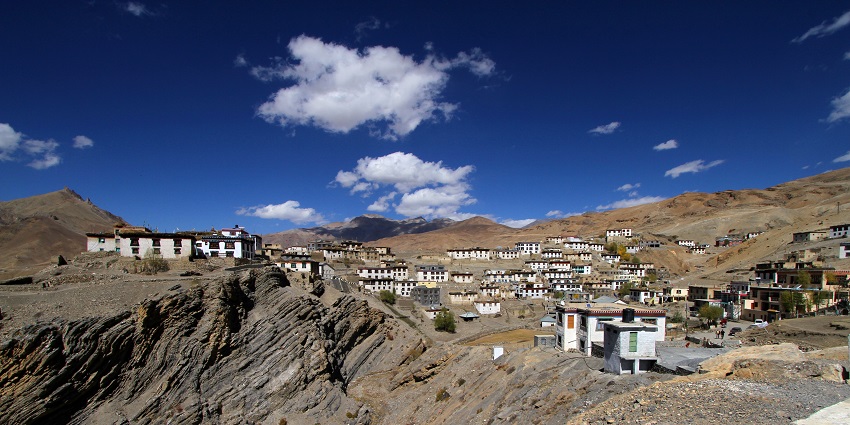
Photo: Gerd Eichmann / Wikimedia Commons
Kibber, one of the highest inhabited villages in the world at 4,270 meters (14,010 feet), offers a unique glimpse into traditional Spitian life. The village is known for its proximity to the Kibber Wildlife Sanctuary, home to rare Himalayan wildlife like the snow leopard and Siberian ibex. Its traditional stone houses and narrow alleys provide a picturesque setting against the backdrop of snow-capped mountains. Kibber serves as a base for trekking and wildlife spotting expeditions. The village’s high altitude and clear skies also make it an excellent location for stargazing in the night sky.
Timings: 24*7
5. Nako Lake
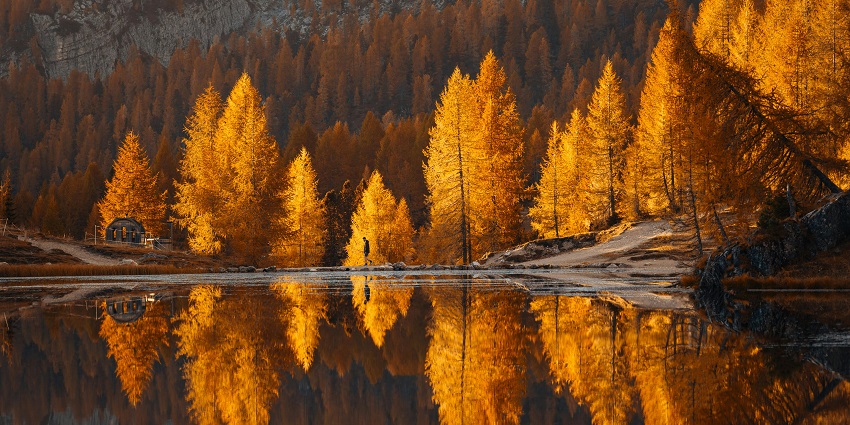
Photo: Matei Andrei / Pexels / Image For Representation Only
Nako Lake, situated in the picturesque village of Nako, is a tranquil spot surrounded by willow and poplar trees. The lake, reflecting the surrounding mountains, creates a postcard-perfect setting ideal for photography. The village of Nako itself is steeped in history and spirituality, with several ancient monasteries and chortens scattered around. Visitors can also explore the nearby Nako Monastery, which houses old Buddhist relics and murals. Nako Lake is an excellent spot for a peaceful retreat.
Timings: 24*7
Suggested Read: Hill Stations In Himachal Pradesh Where You Can Get Lost In The Mountains
Where To Stay

Photo: ManuelaJaeger / Pixabay / Image For Representation Only
Accommodation near Gue Monastery is limited, with most visitors staying in nearby towns. Kaza, the largest town in Spiti, offers a range of options, including Sakya Abode, known for its traditional Spitian decor, and Hotel Deyzor, which is praised for its hospitality. In Tabo, closer to Gue, you can find basic but comfortable lodgings like the Tabo Monastery Guesthouse or Hotel Siddhartha. For an authentic experience, consider homestays in villages like Tabo or Nako.
Where To Eat
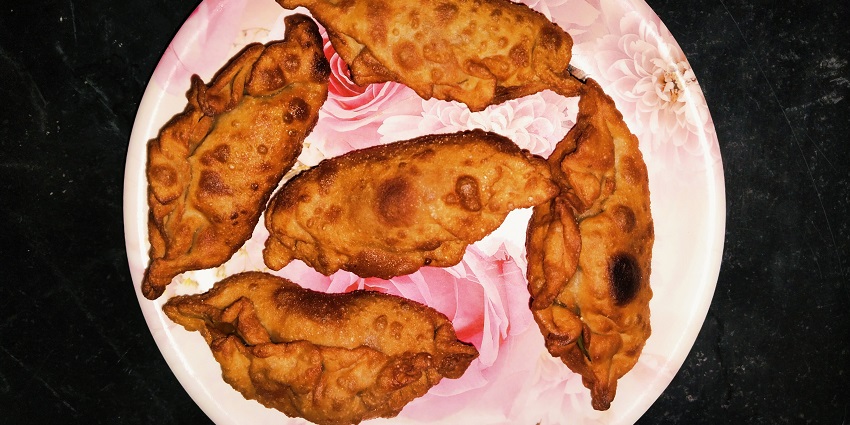
Photo: Yakshitha / Wikimedia Commons / Image For Representation Only
Dining options near Gue Monastery are limited due to its remote location. In the wider Spiti area, The Himalayan Cafe in Kaza offers a mix of local and international cuisine. Sol Cafe, also in Kaza, is known for its coffee and continental breakfast. In Tabo, closer to Gue, Taste of Spiti serves authentic local dishes. Many monasteries in the region offer simple vegetarian meals to visitors. Local specialities to try to include thukpa (noodle soup), momos (dumplings), chhang (barley beer), and butter tea, a savoury beverage essential to Spitian culture.
Suggested Read: Explore The Majestic Forts In Himachal Pradesh To Relive The History Again
Best Time To Visit In Key Monastery
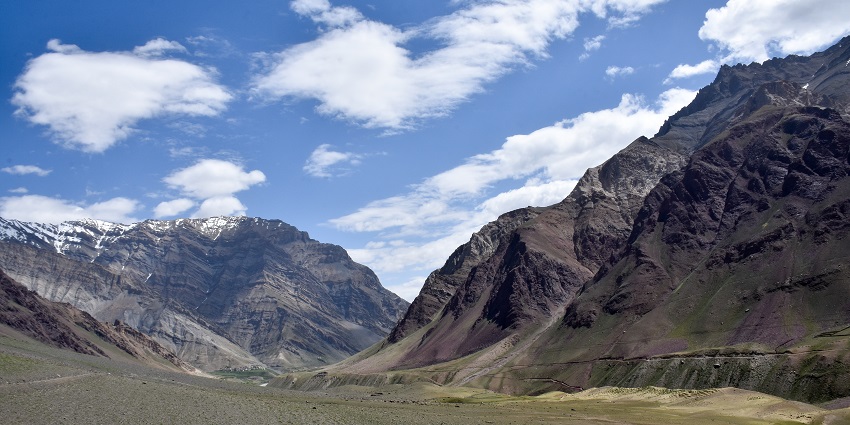
Photo: Timothy Gonsalves / Wikimedia Commons
The best time to visit Gue Monastery Himachal Pradesh is from June to September when the weather is milder and mountain passes are open. During these summer months, daytime temperatures range from 15°C to 25°C, dropping significantly at night. Autumn (September to mid-October) offers clear skies and fewer tourists. Winter (November to March) is extremely cold and has limited accessibility, but it offers a unique experience for adventure seekers. Spring (April to May) sees the weather warming up and wildflowers blooming, though some roads may still be closed due to snow melt. Always check road conditions and weather forecasts before planning your trip.
Other Factors To Consider

Photo: Pixabay / Pexels / Image For Representation Only
Cost Of The Trip
The cost of a trip to Gue Monastery can vary significantly depending on your travel style and starting point. Entry to the monastery is free. For a 5-day trip to Spiti Valley, including a visit to Gue, budget travellers might spend around ₹10,000 – ₹15,000 per person. Mid-range travellers should expect to spend ₹20,000 – ₹30,000 per person, while luxury travellers might spend ₹40,000 or more. These estimates include transportation, accommodation, food, and sightseeing.
Costs can be higher if travelling from major cities like Delhi or Mumbai. Remember to factor in additional expenses for permits, guide services if required, and any specialised equipment for high-altitude travel.
Tips For Travellers
- Spend at least 1-2 days in Kaza or other parts of Spiti to acclimatise to the high altitude before visiting Gue.
- Dress modestly and be mindful of monastery etiquette.
- Always ask permission before clicking Gue Monastery photos in certain areas.
- Mobile and internet connectivity is limited in Spiti. Prepare accordingly.
- Carry necessary medications and be aware of symptoms of altitude sickness.
- Practice responsible tourism and follow “Leave No Trace” principles.
- Consider hiring a local guide to support the community and gain deeper insights into the culture.
- Carry sufficient cash, as ATMs are scarce in the region.
Suggested Read: Harvest Festivals Of Himachal Pradesh That Offer A Glimpse Into The Culture
With its mummified monk and stunning location, Gue Monastery offers a unique and profound experience for those willing to venture into the remote corners of the Himalayas. While the journey may be challenging, the rewards of witnessing this hidden gem and exploring the spiritual landscapes of Spiti Valley are immeasurable. Plan a trip to Himachal Pradesh with TripXL and experience a sense of adventure.
Cover Photo: Rollinghopes / Wikimedia Commons


 WhatsApp
WhatsApp
 Twitter
Twitter









